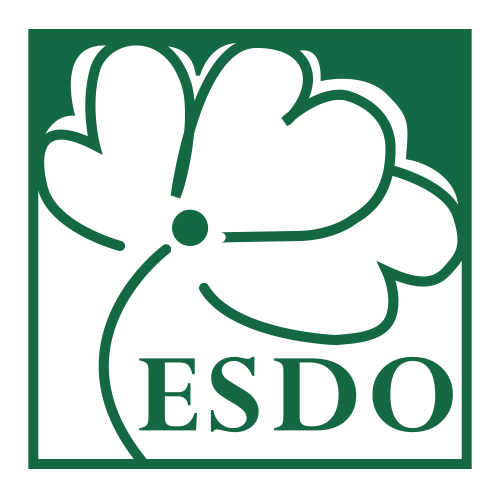“The Country Trend of Using Lead Paint”
97,000 ppm lead detected in a renowned industrial painting brand
19th January 2023, Thursday, Dhaka: In 2018, Bangladesh Standards and Testing Institution-BSTI has set a standard of 90 ppm for using lead (Pb) in paints but lead paint is still available in Bangladesh. This information was revealed in a research conducted by Environment and Social Development Organization-ESDO in 2022. Based on the research findings, ESDO prepared a report entitled ‘Lead in Paints: A Significant Pathway of Lead Exposure in Bangladesh’. This report was launched through a media briefing today at ESDO Head Office.
This research was conducted to compare the presence of lead in decorative and industrial paints with the previous results and to ensure the phase-out of lead-based paint in Bangladesh. 63 samples of 39 national and multinational brands were analyzed in this research. Red, yellow, and golden yellow are the colors of the paints used for sampling. Among them, 32% were industrial paints, and 68% were decorative paints. All of the analyzed samples were identified to have a different amount of lead concentration.
Among the analyzed samples, 30.8% of the decorative paints were found to possess lead, containing a range of 90– 250 ppm. The rest, 69.2% of decorative paints, have a lead content of less than 90 ppm. For industrial paints, a devastating scenario has been identified. 50% of the total samples were identified as having high lead content where, for the orange color, the highest 97,000 ppm lead concentration was detected. The remaining 50% of industrial paints have lead (Pb) within and below 90 ppm. One painting from a renowned brand contained 97,000 ppm lead levels despite having a ‘Lead-Free’ logo. Moreover, no samples were identified as lead-free despite mentioning them as lead-safe. The study showed that the highest amount of lead is determined in a specific industrial paint which is alarming.
ESDO’s Senior Technical Adviser and Former Chairman of the Chemical Division, Bangladesh Standards and Testing Institution-BSTI, Prof. Dr. Md. Abul Hashem said, ‘Lead in paint continues to pose a lifetime and irreversible risk to children in developing nations. To prevent lead poisoning, creating mass awareness is a must.’
Executive Director of ESDO, Ms. Siddika Sultana, said ‘In Bangladesh, approximately 35.5 million children have been exposed to lead pollution. This is a very concerning issue. There is no known safe concentration of lead in blood. To reduce lead poisoning more lead (Pb) source has to be discovered and its harmful effects on human health and the environment.’
Dr. Shahriar Hossain, Secretary General of ESDO, stated ‘We pose threats to our children through lead poisoning by painting our houses to make it look decorative. If the trend continues, our future potential will be in danger. To ensure women’s and children’s health, a sound environment, and a safe future the existing law needs to be implemented properly.
Background
Since 2008 ESDO has been conducting a study to evaluate the situation of paints in the market of Bangladesh. According to the report of ESDO undertaken in 2011, 77% of the decorative paint samples were found to have high lead content. In 2018, ESDO’s continuous policy advocacy for a standard for the paint manufacturing industry setting the limit for household paint at a maximum of 90 ppm has imposed by Bangladesh Standards and Testing Institution (BSTI). In 2021, a study was carried out to evaluate the lead content in paint to identify the lead-based paints in Bangladesh as a follow-up activity to evaluate the effectiveness of the mandatory standard. In 2021, the percentage of lead-contained decorative paints has reduced to 31%; while in 2022, the status of high lead-contained decorative paint was reduced to 15%. The reduction is considered a great success of the existing regulation as well as the initiatives of ESDO.
